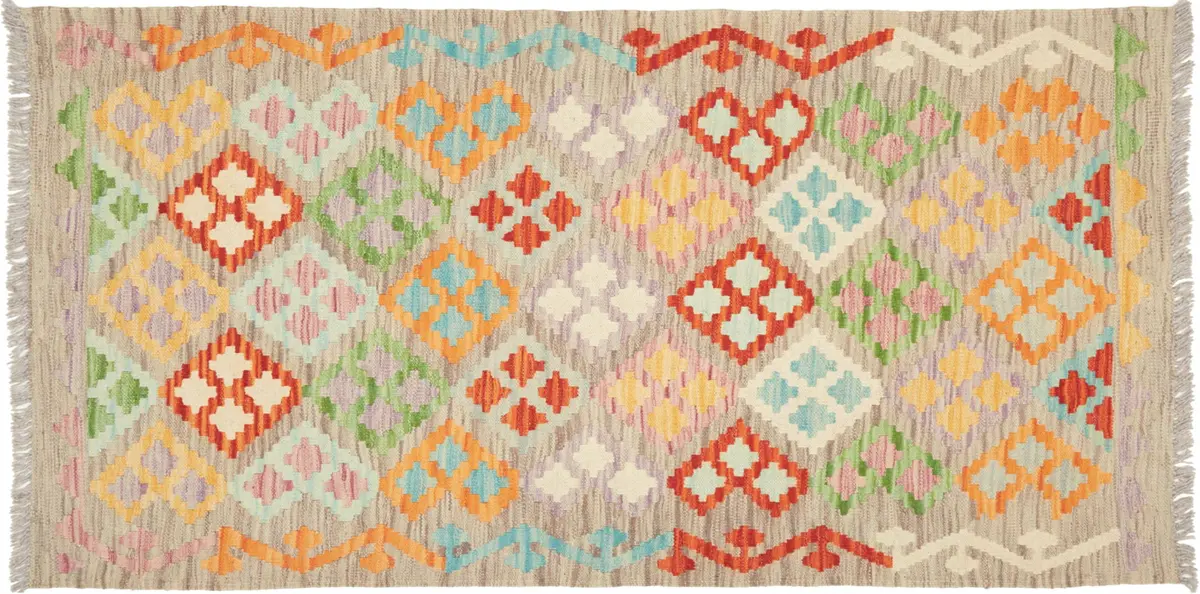Kelim carpets
Kelim Carpet Cleaners, Kelim Carpet Cleaners, Kelim Wool Carpet Cleaners, Kelim Piece Carpet Cleaners, Silk Kelim Carpet Cleaners provides services to clients in the refurbishment, repair, deep cleaning, revitalization, antibacterial and disinfectant protection, impregnation of natural carpets according to your wishes in top quality according to our internal company standards, IICRC™ guidelines and standards and expertly implemented PERSIAN® system.

 the PERSIAN® trademark defines the Carpet Service® branded technology concept of expertly executed carpet service companies focused on the regular maintenance, cleaning, revitalization and impregnation of synthetic, natural, wool, kelim and silk carpets, fabric and leather sofas, chairs and upholstery materials. This branded concept brings the utmost professionalism in full synergy with maintaining ethical, environmental and quality performance standards including contractual guarantee of the services provided by the contractor.
the PERSIAN® trademark defines the Carpet Service® branded technology concept of expertly executed carpet service companies focused on the regular maintenance, cleaning, revitalization and impregnation of synthetic, natural, wool, kelim and silk carpets, fabric and leather sofas, chairs and upholstery materials. This branded concept brings the utmost professionalism in full synergy with maintaining ethical, environmental and quality performance standards including contractual guarantee of the services provided by the contractor.
Kelim carpets fall into the category of more expensive to expensive carpets and their maintenance is not easy and above all, should be carried out by a qualified contractor. If your Persian carpet at home gets a lot of use, it may get to a state where you cannot get rid of the dust and dirt by just vacuuming and therefore it is always best to have your Persian carpet professionally cleaned. Proper cleaning techniques can keep your carpet in great condition.
Kelim Carpets – The History and Science of Carpets
Handwoven Kelim carpets – the art of weaving from Morocco to Afghanistan. Kelims are perfect for any interior, whether modern or rustic. Their flat pile, simple colours and patterns as well as their natural and charming character simply inspire. However, there is really no single definition, as their origins are uncertain.
Handwoven Kelims have a very long tradition in various oriental countries, and yet even in the literature there is no precise definition of a Kelim carpet. The term is much more descriptive of a variety of different handmade flat fabrics from the Orient. Unlike the classic Oriental carpets, they are woven, not knotted. This makes them resemble a sturdy and durable fabric rather than a carpet. Evidence of their use dates back several centuries, particularly in Iran, Afghanistan, Morocco and Turkey. The world of Kelim, like that of oriental carpets, is endless. Each country has developed specific designs and manufacturing processes for its own hand-woven Kelim carpets. They were originally woven by nomadic tribes for their own use, which is why old and antique Kelim carpets can be very rare and expensive.
- Afghanistan: often called Kelim Fars
- Turkey / Anatolia: antique Kelims and Anatolian Kelims
- Iran: antique Kelims, Sirjan Kelim and Gashghai Kelim
- North Africa: Moroccan Kelims
Kelims in modern interiors
Kelim carpets are tightly and flatly woven. The height of a Kelim is usually a few millimetres. Hand-woven Kelims are also characterised by a pile of pure new wool. They are therefore very well suited to today’s often spartan furnishings. A classic hand-knotted wool rug can add a lot of warmth and cosiness to a room, but often too much, making the living room look cluttered and heavy. In such cases, a modern hand-woven Kelim rug is usually the ideal choice. In addition to their lightness and pastel colours, they impress with their simple geometric look. They are very unpretentious in terms of interior design and blend seamlessly with your furniture. By buying a genuine Kelim, you can bring a piece of the Orient into your home. The light base tone of Kelim will accentuate the feel of your living room and furniture in a very elegant and lasting way. Since they are made from natural fabrics, Kelims are also very easy to maintain.
Turkish and Anatolian Kelims
Kelim rugs from Anatolia and Turkey have been woven for centuries for domestic use and used as carpets or wall hangings. For most of their history, therefore, they had no commercial significance and remained unknown to Europeans for a long time. It was only in 1965, at an exhibition of Turkish art in Germany, that they became popular almost overnight. Since then, the desire to buy these decorative and exotic fabrics has not stopped. Most of them are still woven at home in village families as a sideline. Turkish Kelims are cross-striped and quite large. You can recognize an original wool Kelim carpet by its unusual size, as it was not woven for trade but for your own use.
Kelims and the loom
Because many Kelim were made at home and only had a regular width loom available, many were made in two pieces and then stitched together. It may be that the warp of one half is different from the warp of the other half and the two pieces end up fitting together with only a little imagination. But it is carpets like this that show very nicely how simple and plain the origins around Kelim are. Because the knots are tied to a rectangular base fabric, the knots can only be rectangular, not round. Long Kelim treads are also popular. Since the loom is limited only in width, not length, weaving runners is very easy. Some Kelim runners are up to 8 metres long.
Kelim Patchwork and Kelim Vintage
For some time now so-called kelim patchwork or kelim vintage has been made from old kelim. To do this, usable parts of old or used Kelim are joined together to make new Kelim. Vintage Kelim rugs are also deliberately bleached in the sun to achieve a more homogeneous and lighter colour effect. Our vintage Kelims are very popular for these qualities and are very well suited to living rooms with wooden furniture.
Afghan Kelim rug – excellent wool and beautiful colours
In Afghanistan, Kelims have been woven for centuries from real wool for domestic use. Afghan Kelims are often known as Kelim Fars. The beautiful design has been preserved to this day, in fresh colours such as beige, pink, grey, red and blue. Afghan Kelims are reversible due to a special weaving technique, meaning they can be used on both sides. The pile of Afghan Wool Kelims is finished on both sides and is sturdy. Some Persian Kelims can also be used as reversible carpets or even as outdoor Kelims.
Kelims Nimbaft
The Nimbaft carpet is a hybrid of a hand-woven and hand-knotted carpet. The sections of a Kelima rug are flat as usual, but the knotted sections are significantly higher. The production of Nimbaft is much more time consuming than weaving Kelim.

Kelim carpet cleaning and maintenance
Kelim carpets with natural material require professional care. It is not recommended to attempt home deep cleaning by means of a steam cleaner from the back and front, as the steam cleaner is unable to clean it all and the excessive heat penetrating it damages the wool and its natural lanolin. Excessive heat can also lead to shrinkage of the natural fibres of the Kelim carpet, which can put you at risk of permanent damage.
Home care for kelim carpets is simple. Regular weekly vacuuming ideally with a knocking head will not harm it for decades. The natural vegetable dyes, dense weave and natural grease of virgin wool provide protection so that most dirt will not penetrate the carpet at all. Only the smallest particles of sand and dust can settle in the foundation over time. In order to remove even the smallest dust particles from the carpet, it is recommended to have the carpet deep cleaned every 2-3 years by an expert – professional natural carpet cleaner.
In everyday life, kelim carpets know only two enemies: red wine and years of sunlight. Red wine stains can be treated, but cleaning is very time consuming and therefore a non-negligible cost factor. To prevent one-sided exposure of the carpet to sunlight, it helps to rotate the carpet frequently at even intervals so that both sides are exposed to similar amounts of sunlight. The sun does not necessarily lead to a reduction in the value of the carpet. Many old and antique kelim carpets have only become particularly beautiful and valuable through even exposure to sunlight. Some kelim carpets are even exposed to the sun for long periods of time to give the colour a brighter and more balanced sheen.
If a Persian rug only comes into contact with water, it usually only needs to be thoroughly dried on both sides. The carpet will lift for several days when wet, as the warp expands due to the moisture. Once the moisture has escaped from the carpet, the warp will settle again and the carpet will not change. Strong rubbing of water stains in dry conditions or the use of detergents should be avoided, as both can damage the Persian rug. In the case of coffee or cola stains, you should contact a professional as soon as possible. You can treat the stain yourself using lukewarm water and dishwashing liquid. However, you should seek professional advice before doing so.
Mould removal + mould prevention on older Kelim carpets that may smell of mould or damp smell is important not to neglect, as natural carpets have a natural tendency to retain moisture which later leads to mould. There are several ways you can get rid of unpleasant odours by cleaning your carpets:
- Leave a Persian rug in sunlight for a few hours.
- Blow dry the carpet with a fan on both sides, remembering to work in sections.
- Take the carpet to a professional carpet cleaner – this is a guaranteed way to get rid of mould from a Kelim carpet.
The professional carpet cleaning and the reputable kelim carpet maintenance provided through expertly skilled technology brings assurance that your Persian carpet will not shrink, fade, or even show any damage.
- We first remove most of the dirt and dust from the kelim carpet by hand with gentle machinery, instead of running it through aggressive equipment that can damage your precious carpet.
- Depending on the material of your kelim carpet, we will use a specialized stain remover to thoroughly remove or reduce the stain depending on the condition of the carpet.
- Depending on the material, your carpet will either be cleaned in a water bath and then chemically cleaned using special “WOOL SAFE” chemical cleaners.
- We will then dry the carpet as best we can to remove excess moisture and let it dry and turn it off.
- Finally, we thoroughly disinfect and impregnate the Persian rug and after a thorough inspection, we wrap it and prepare it for handover or transport to you.
How you can protect your rug from damage
- The moth larvae nesting in kelim carpets are quite common and can be kept under control by regular vacuuming, leaving the carpets in sunlight for a few hours and also having them professionally cleaned.
- If you want to store kelim carpets, it is best to have them professionally cleaned and kept in a closed area to prevent dirt from getting on them.
- Always store the carpet in a dry and clean area as moisture causes damage to the carpet.
- To avoid excessive pressure on the carpet, use furniture covers on the legs of tables and chairs.
- Use thick rubber pads under loose rugs to prevent them from sliding. They also help manage the weight of the furniture.
In conclusion, it’s always better to have your kelim carpets cleaned by a professional than to try to do it yourself. This is because the more likely a mistake is made, the more your carpet will be damaged or may become locally degraded, even irreversibly.